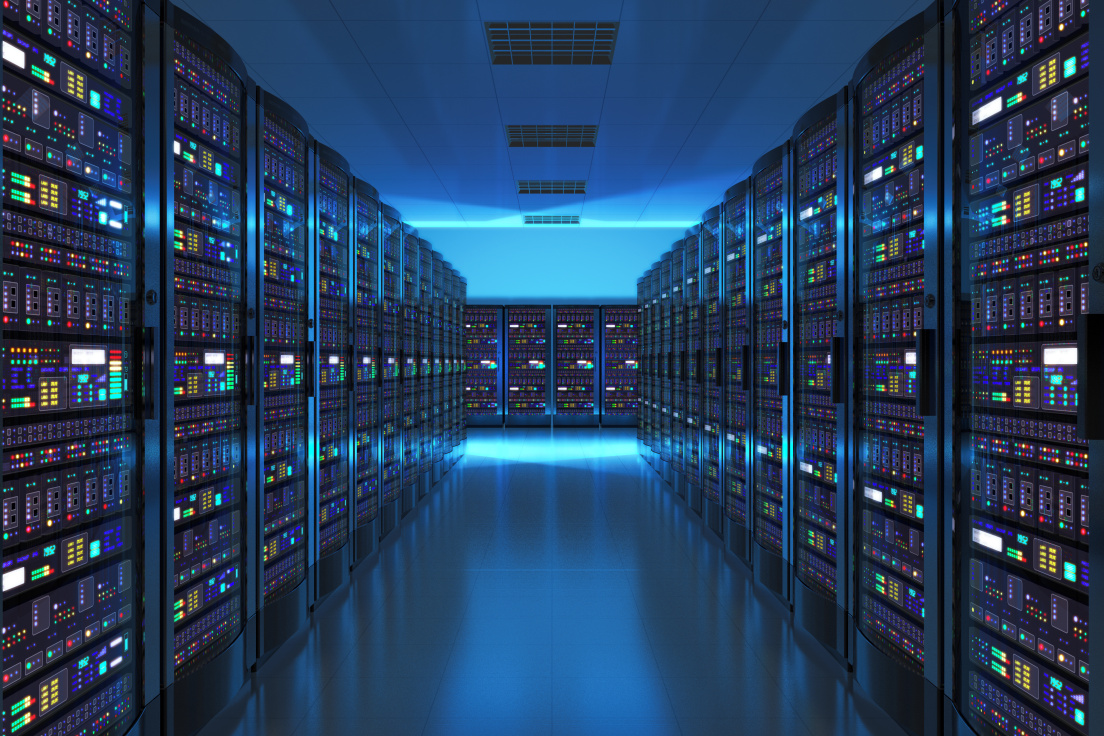What is ‘Digital Forensic Science’?
25/05/2023

Despite being a fundamental tool for many organisations and criminal justice systems around the world, arguably digital forensic science as a discipline does not always get the recognition it deserves in media broadcasts. Therefore, public recognition and understanding of this branch of forensic science is somewhat lower than those more traditional and longer established ones. With this in mind, what exactly is digital forensic science? Well let’s start with the definition provided by Interpol.

‘Digital forensics is a branch of forensic science that focuses on identifying, acquiring, processing, analysing, and reporting on data stored electronically.1’
Digital forensic science is a discipline concerned with the forensic examination of digital traces. As a result, whereas traditional forensic science subfields may be concerned with finger marks, DNA or blood, here, we are interested in the identification and analysis of digital data. This digital data may exist on a range of devices, from laptops and smartphones, to games consoles and smart home systems, as well as being ‘non-local’ such as residing in the cloud. Practitioners in this field seek to identify and capture any potentially relevant data in a way that preserves its integrity. Then, this content must be examined, interpreted and communicated to any clients or criminal justice system officials in a way that allows them to understand it. This is often a complex and challenging task.
Practitioners in this field are often deployed in a number of circumstances. These may include:
- Intelligence gathering from digital information sources.
- To identify or develop preventive measures (i.e. analysing digital traces and acting on them / learning from them).
- Gathering information about an event(s).
- Geolocating missing people.
- Confirming/disputing versions of events.
- Establishing investigative leads.
In many instances, data coming from digital sources can help identify the author of an action as well as contextualising what may have happened, and, in what circumstances. In the criminal sphere, practitioners in this domain may be involved in assisting in the following case types:

- Murders.
- Drugs offences.
- Malicious communications.
- Missing persons.
- Child abuse.
- Computer misuse offences.
- Fraud.
- Domestic violence.
Digital forensics science can be used in both criminal and civil capacities, where its importance cannot be understated.
- Interpol (n.d.) ‘Digital forensics’ Available at: https://www.interpol.int/en/How-we-work/Innovation/Digital-forensics (Accessed: 27 April 2023)
Categories & Tags:
Leave a comment on this post:
You might also like…
From the control tower to Cranfield: My journey to shaping the future of airports
Hi, I’m Karima Lakouz, and this is the new me! I’m a Moroccan full-time student, aiming to graduate in 2026 with an MSc in Airport Planning and Management from Cranfield University. ...
Earth’s silent hero: Why soil is finally stepping into the spotlight
As a Soil Scientist, the start of December is always an exciting time of year, specifically World Soil Day (5 December). This year, it’s doubly special, because we are also celebrating the 75th Anniversary ...
How do I reference social media… in the NLM style?
Although it’s not considered to be scholarly material, you may find information on social media useful for a piece of academic work. It may be that a particular post on X or Facebook illustrates or ...
Want to improve your reading skills?
Are you starting to read through the mountains of journals, books or articles for your project or on your course reading list? Let’s start with a few myths about the reading process: You need to ...
Introducing… Bloomberg Spreadsheet Analysis (BSA)
Want to take your Bloomberg data skills in Microsoft Excel to the next level? The new Bloomberg Spreadsheet Analysis (BSA) certification is designed to help you do just that. Created by Bloomberg, BSA is an ...
Bridging Science and Supply: My Journey at the GCSG European Knowledge Forum 2025
Earlier this year, I had the honour of being selected as one of the 2025 Global Clinical Supplies Group (GCSG) European Scholarship Winners, an opportunity that took me to Budapest, Hungary, for the GCSG ...







